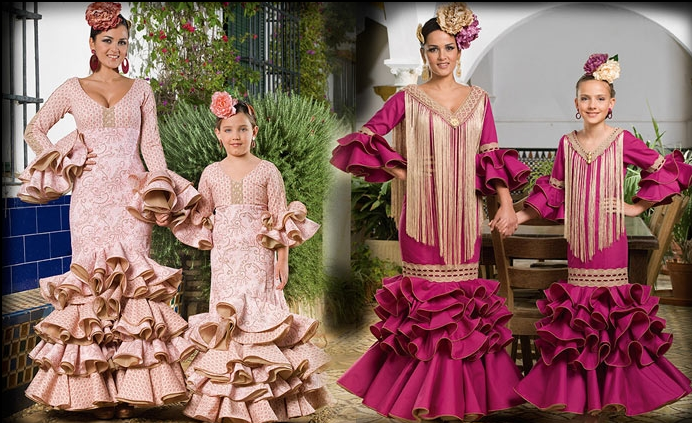If you have thought to head up to a flamenco dress shop to buy yourself a flamenco dress, it is important to keep in mind the colour that makes more favor for you and also the trends that dominates on that moment.
However, you should not ignore other fact that is very important and that allows you to be much more favoured with your dress. We are referring the shape of neckline.
Particularly, the following ones are the most in common ones you could find:
• Heart shaped neckline. Without any doubts, this model is the one which most makes favor for any woman. And it emphases the most feminine part, it adapts any type of bust, helps appear shoulder and arms smaller.
• Sharp neckline. There is a big number of flamenco dresses that decants to present this kind of neckline. This is one of the most called traditional necklines and offers benefits like elegant look, helps disguising bodies with a lot of curves, smooths big or voluminous breasts and in addition it is very sensual. It has to be underlined that this kind of dresses are allowed to wear with or without a shawl.
• Circle shaped neckline. Women who have got a long neck, are those for who this model suits better. This neckline model is not the most common on the shops, and it is not recommended for women with very rounded face.
• Long shaped neckline. The latest flamenco trends favors this kind of neckline that brings a lot of elegance to any kind of dress. It has got its inspire from the dresses on the 60´s and it may be worn with a shawl.
• Square shaped neckline. This form is the most discreet and any woman can wear a dress with square shaped neckline.

